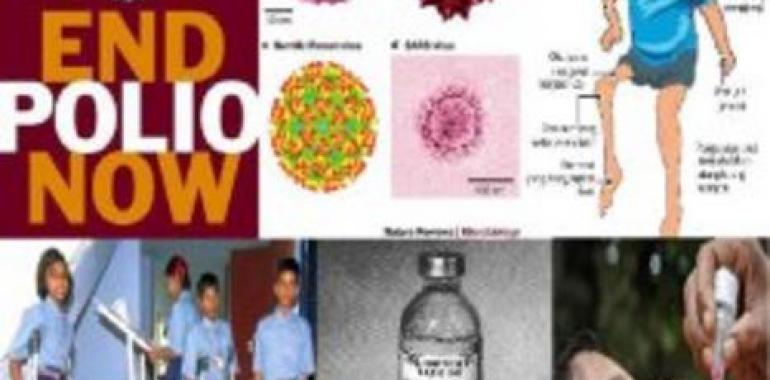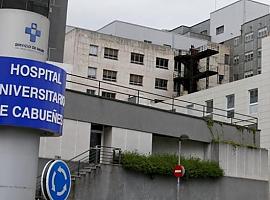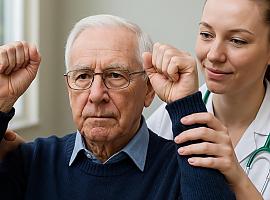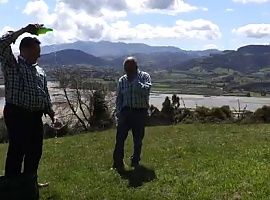New Delhi, Sept 6, IRNA – Eleven countries in WHO’s South-East Asia Region are now on track to declaring the region Polio free. The last case of wild poliovirus in the region was reported on January 13, 2011 in India making a regional polio free certification possible in early 2014
“On present trends, the South-East Asia Region is set to be declared polio-free in January 2014. This is a magnificent achievement. We must now eradicate polio globally. Medical officers from India, Bangladesh and Nepal are directly assisting countries that are still battling the wild virus. This region has the expertise, bolstered by success, to lead the world in this emergency response. We can and must win” said Dr. Margaret Chan, WHO Director General at the WHO’s Regional Committee Meeting in Yogyakarta in Indonesia Wednesday.
According to an official release issued here, India had been the largest endemic reservoir of polio in the world and suffered the greatest burden of paralytic polio. At times as many as 250 000 cases of paralytic polio occurred in India each year. India launched its fight to eradicate polio in 1995.
“The magnitude of effort gone into achieving the Zero Polio status could be well understood by the fact that during each nationwide polio vaccination campaign, India has successfully vaccinated 172 million children through 2.3 million vaccinators in 202 million households,” said Sudip Bandyopadhyay, India’s Minister of State for Health and Family Welfare. “India has several critical lessons learnt during the journey of polio eradication which will act as a guide not only for India but for the entire world in any public health intervention,” he added.
One of the lessons learnt in India was the importance of maintaining political commitment, robust national and international partnerships, availability of quality data, its analysis and use, and evidence-based accountability at all levels of the program.
Twenty months without any cases of polio reported in the region is an important milestone, but the mission has not been accomplished yet. Now is the time for maximum vigil, high levels of preparedness, high quality surveillance and maintenance of high immunity against polio among all children under five years old. This must be done through intensified routine immunization and supplementary vaccination campaigns when and where needed. The recent outbreaks in Asia-Tajikistan in 2010 and China in 2011 - have provided important lessons in maintaining high population immunity as protection against importations.
The milestone of 20 months without polio has not come easily for WHO’s South-East Asia Region. The main lesson is that there is no single national approach. Experiences need to be carefully reviewed and translated to fit with each country.
WHO is working with countries to ensure the region sustains the gains made on polio eradication and achieves the regional polio-free certification in early 2014.
Between 1840 and the 1950s, polio was a worldwide epidemic. Since the development of polio vaccines, the incidence of the disease has been greatly reduced. Polio has been wiped out in a number of countries.
Polio is a highly infectious disease caused by a virus. It invades the nervous system, and can cause total paralysis in a matter of hours. The virus enters the body through the mouth and multiplies in the intestine. Initial symptoms are fever, fatigue, headache, vomiting, stiffness in the neck and pain in the limbs. One in 200 infections leads to irreversible paralysis (usually in the legs). Among those paralysed, 5 per cent to 10 per cent die when their breathing muscles become immobilized.
Polio mainly affects children under five years of age. There is no cure for polio, it can only be prevented. Polio vaccine, given multiple times, can protect a child for life.
Polio cases have decreased by over 99 per cent since 1988, from an estimated 350,000 cases in more than 125 endemic countries then, to 1352 reported cases in 2010. In 2012, only parts of three countries in the world remain endemic for the disease - the smallest geographic area in history - and case numbers of wild poliovirus type 3 are down to lowest-ever levels.
In 1988, the 41st World Health Assembly, consisting then of delegates from 166 member states, adopted a resolution for the worldwide eradication of polio. It marked the launch of the Global Polio Eradication Initiative, spearheaded by WHO, Rotary International.
More than eight million people who would otherwise have been paralysed are walking today because they have been immunized against polio since the initiative began in 1988.
By preventing a debilitating disease, the Global Polio Eradication Initiative is helping reduce poverty, and is giving children and their families a greater chance of leading healthy and productive lives




















